With three brand new truck series in the 2 to 3.5 tonne segment, Linde is setting the benchmark in this class. Both the Linde H25 with diesel engine and the Linde X25 with electric drive score top marks for productivity. The ergonomics have also been thoroughly addressed, making the trucks a nice and comfortable place to work.
“This is probably our last series of internal combustion engine trucks in this class,” Linde stated at the recent introduction of the new Linde H20-H35 model series. Electric forklifts can compete with internal combustion and the manufacturer is working on that too. This summer, Linde put its money where its mouth is and is now launching the Linde E and X series. Just like the H-series they are newly developed from front to back. The E-line is meant for the standard use and replaces the current series of electric forklifts from 2 up to 3,5 tons. The trucks are equipped with the latest and most economical electrical technology. The X line offers even higher performance and is intended primarily as a serious alternative to the diesel and LPG series. We put the Linde H25 and X25 side by side and compared the performance. Does Linde live up to its statement?
We start our test with the new Linde H25 with diesel engine. The heart of the truck is, as ever, the Linde hydrostat, which combines flexibility with excellent controllability. The truck hangs through the two pedal controls as a block at the feet of the driver and can be directed predictably. Linde uses a Deutz diesel engine as its power source. Thanks to an increased pump capacity of the hydrostat, the diesel motor can run at a lower RPM speed, which results in a very controlled engine noise and favourable fuel consumption. The score of 8.79 litres per 100 pallets is well below the average of 11.25 litres per 100 pallets in this class and places the H25 in the top 2 overall.
In terms of productivity, the Linde H25 scores the highest value since our measurements began 33 years ago. With 384 pallets per 8 hours on our test track, Linde improves its own top score by 7.5% and sets a new benchmark for 2.5 tonne diesel trucks.
Improved performance is not the only achievement of the new Linde H25. The chassis and cabin have also been completely redeveloped. The result is a truck that offers much more space to the driver than before, as well as increased storage options.
The step is only 465 mm high and is more than twice as wide as before. From the air-suspension seat, you can see that visibility to the front and all around has improved spectacularly. This is the result of slender A-pillars, a very low gunwale and asymmetrical mast profiles. The counterweight has been flattened, so that visibility to the rear is also good. The reinforced glass roof also provides an excellent view to all working heights.
The driver’s compartment offers over 10 centimetres more headroom; self-configuring switches are built into the armrest that is equipped with Linde Load Control hydraulic levers. An electronic seatbelt monitoring function is standard. If the driver does not close the seatbelt, the forklift automatically switches to crawl speed. Also standard and safe is Linde Load Assist which monitors fork overloading. In addition, the Linde H25 is fully cloud-connected and can receive remote updates for optimal operation.
The new H25 definitely sets the tone for diesel trucks, but how does the even newer Linde X25 electric forklift perform? Specially developed as an alternative to the combustion engine truck, it is only available with a 96V/670 Ah lithium-ion battery. The design of the Linde X25 relies on 65% of the same components as the H-series and therefore the Aschaffenburg plant can build both models interchangeably on the same production line.
The similarity to the diesel version is therefore great, but there are differences. Linde has not (yet) opted for an integrated li-ion battery and therefore the rectangular battery shape is still dominant. As a result, the step is higher and tighter than that of the H25, but for electric trucks it’s fine.
In the cabin, we notice a little less legroom compared to the combustion truck, but that is not a problem. However, the storage space is less generous, and something could be done about that. Other features such as Linde Load Assist and Connectivity are similar.
The focus for us is on the handling and performance of the Linde X25 and they are, in a word, amazing! No truck in our history of testing has been as fast on the sprint as this powerhouse set for performance. With a top speed of 22 km per hour and excellent control through the two pedal system, the Linde X25 delivers unprecedented productivity. Curve Assist keeps cornering speed safe and is set just right. Everything is equally predictable and smooth, leading us to 381 pallets per 8 hours on our test route. It’s the highest ever score for an electric forklift and only fractionally lower than the record we’ve just set with the Linde H25.
Energy consumption is well below average in this class on both Performance and Efficiency. On the most powerful setting, we arrive at a practical operating time of over 11 hours. Thanks to the large li-ion battery and the possibility of recharging without problems, 24/7 operation is certainly feasible. Those who choose the Efficiency mode still have a very productive truck and can work for up to 13 hours. Productivity here is close to the old record just broken for electric forklifts.
With the H25 diesel truck and the X25 electric truck, Linde sets the benchmark in both classes. No truck has ever been more productive. Ergonomics are at a high level and those who use the truck intensively will certainly notice this at the end of the working day. The spaciousness of the trucks, the predictability of use and the low noise and vibration levels all help to reduce driver strain.
There are also points for improvement. The plastic construction around the steering column adjustment feels a bit hacky on both trucks and the Linde X25 could do with more storage space. The handle on the rear roof pillar on the X25 is just a little too close for comfortable use. It’s missing on the H25, even though it’s very useful there. On both trucks we can barely read the load diagram due to the small font, too many mast types and poor contrast due to backlighting.
The workspace on the Linde H25 is superb and it could be the same on the X25 if Linde opted for an integrated battery concept. Perhaps a starting point for the next electric truck model?
• Ergonomics
• Performance
• Standard equipment and connectivity
• Rear roof pillar handle for reversing
• Upholstery and steering column adjustment
• Layout and readability of load diagram
• Performance
• Smoothness
• Ease of operation
• Cabin storage
• Upholstery and steering column adjustment
• Layout and readability of load diagram
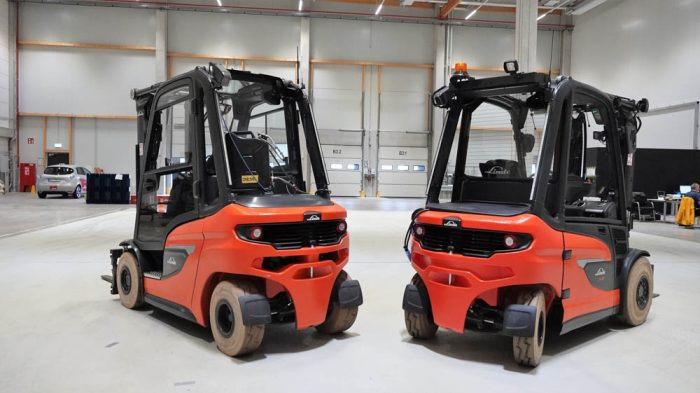


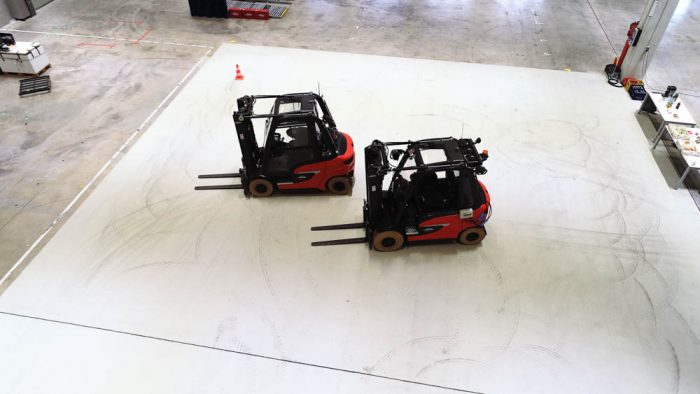
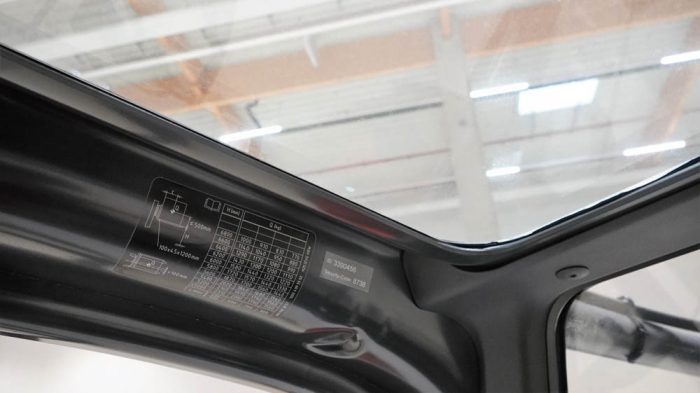
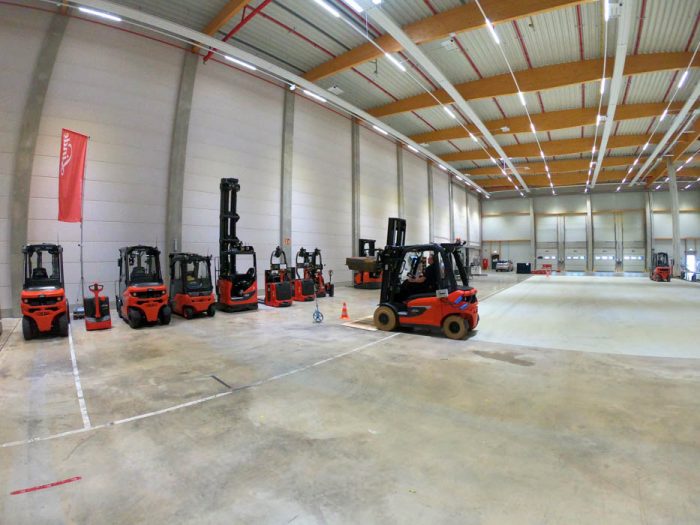
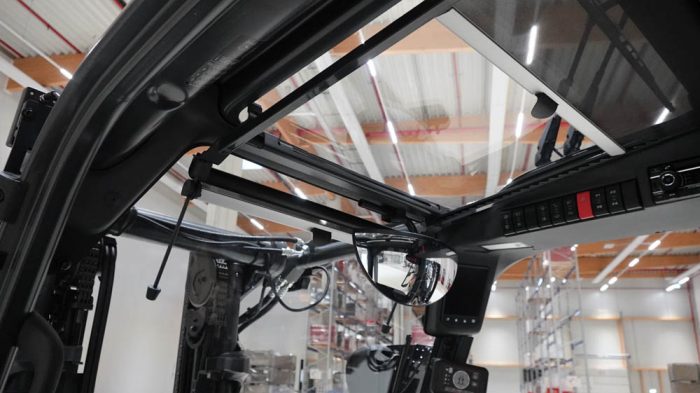
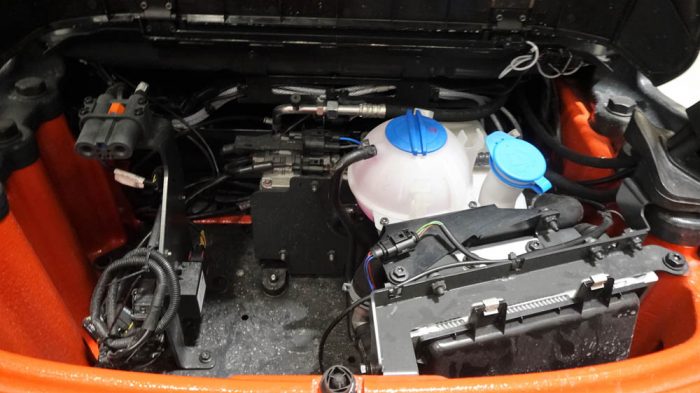
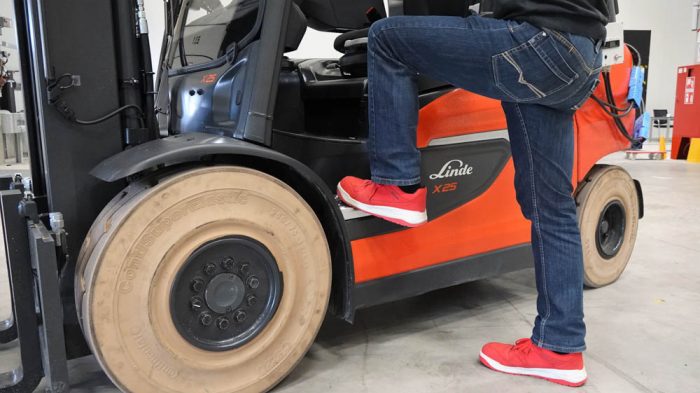
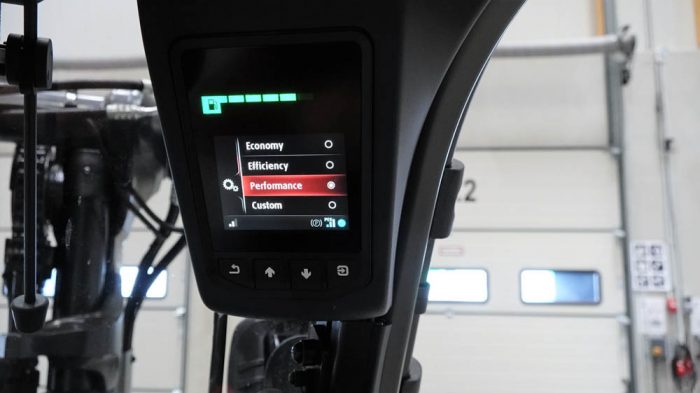
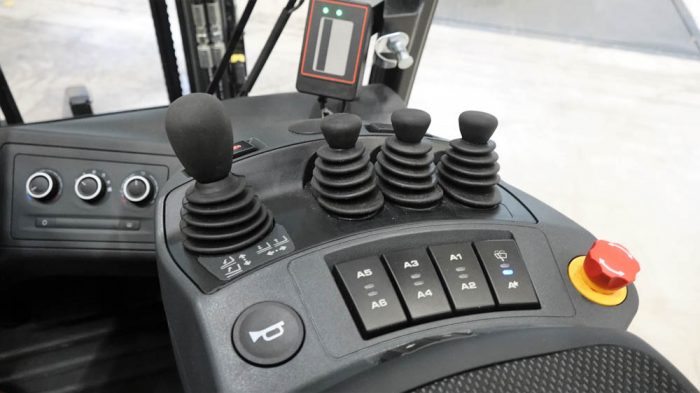
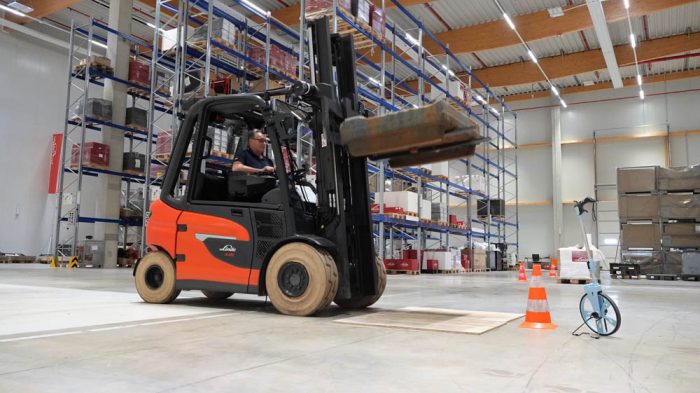
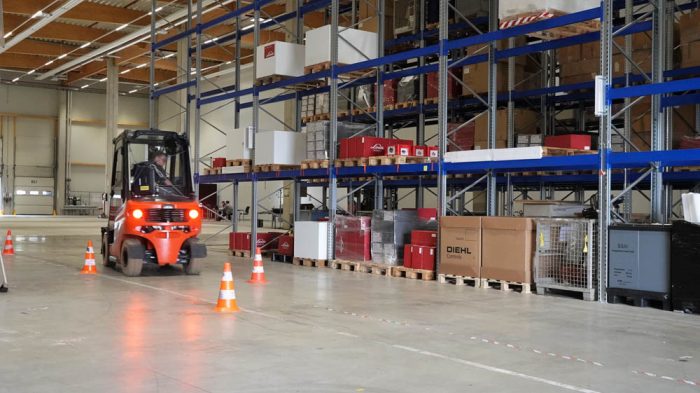

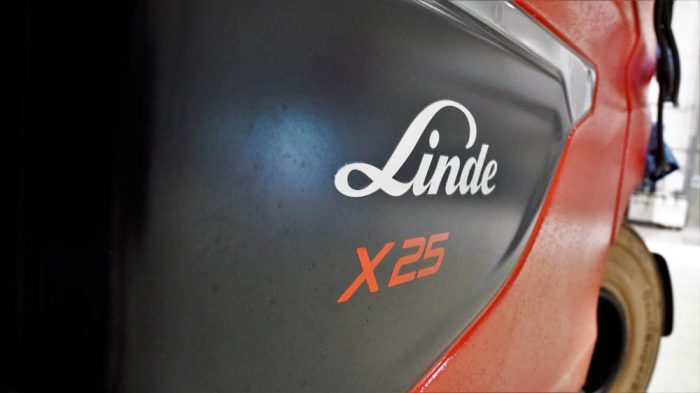


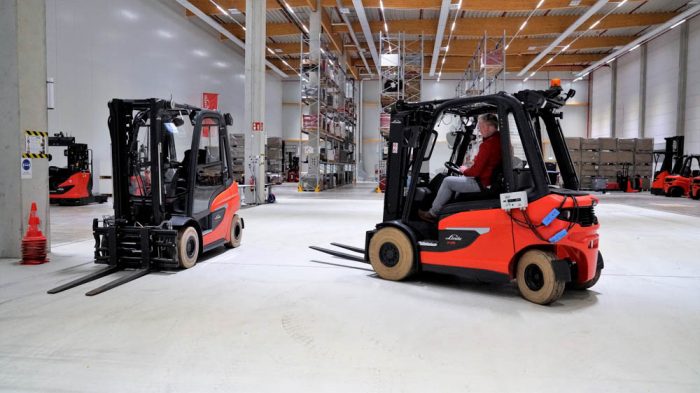
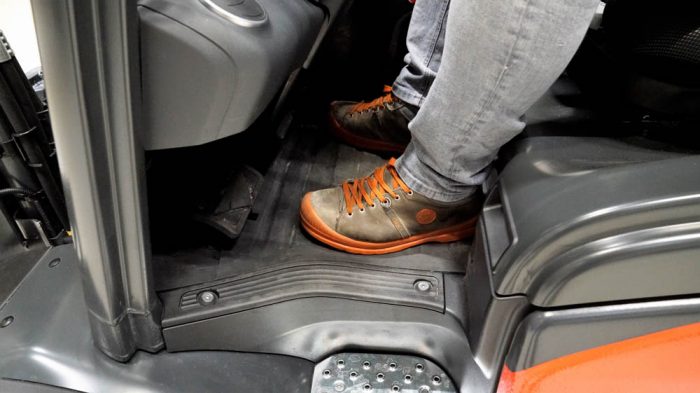
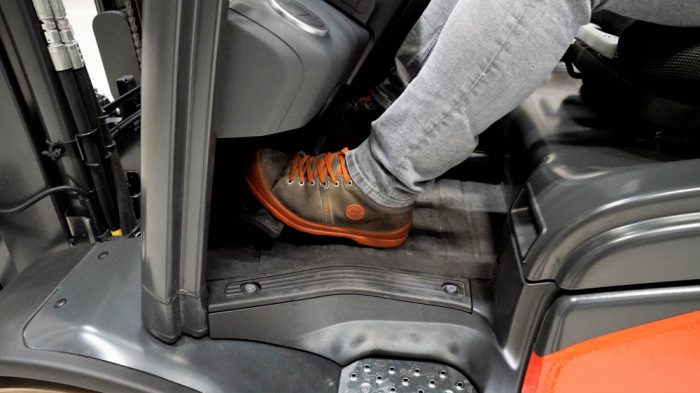
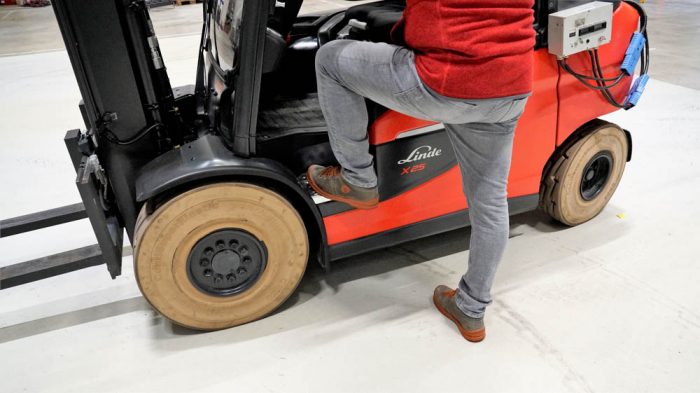
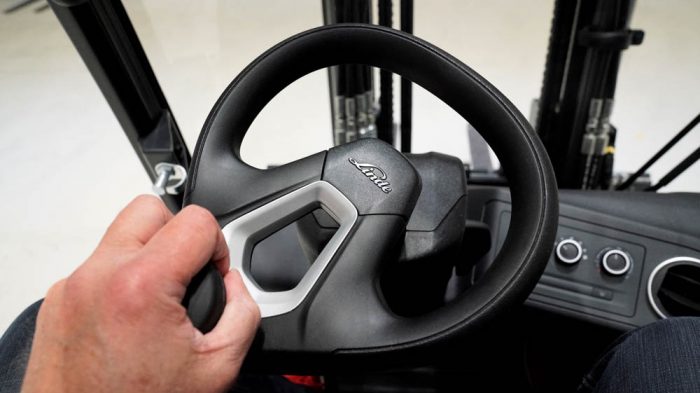
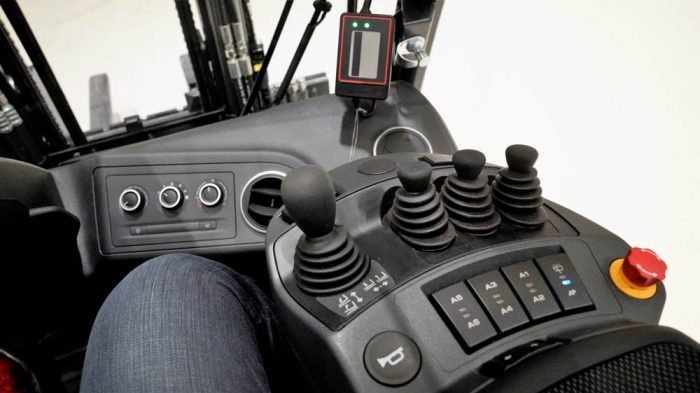

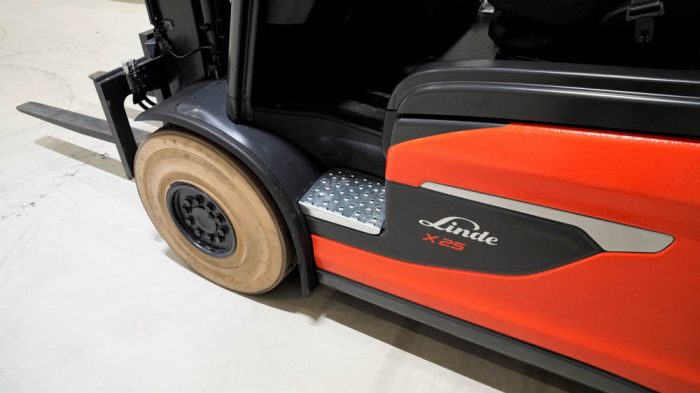
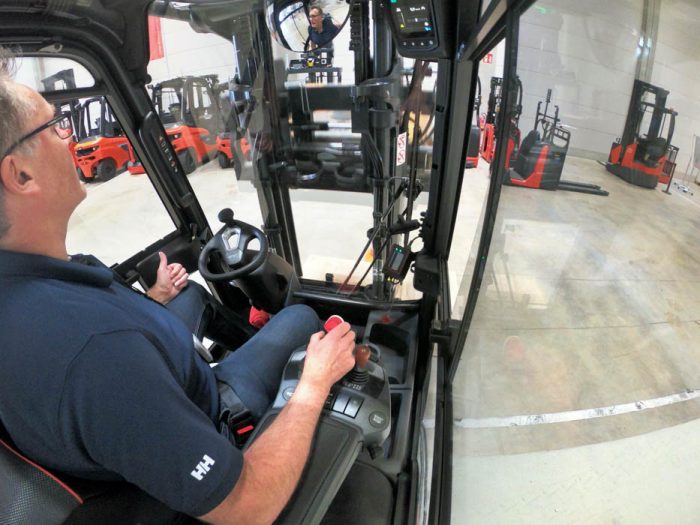

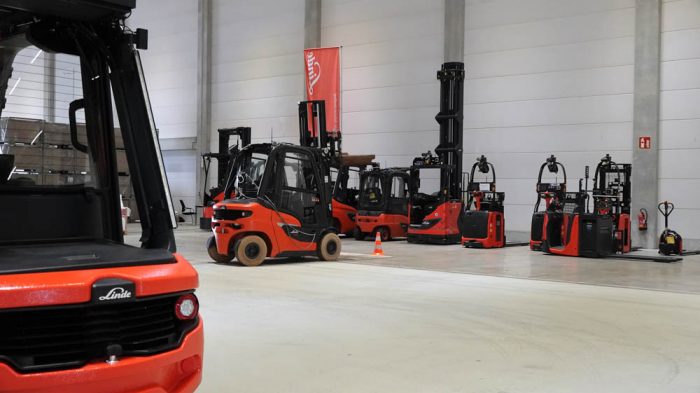
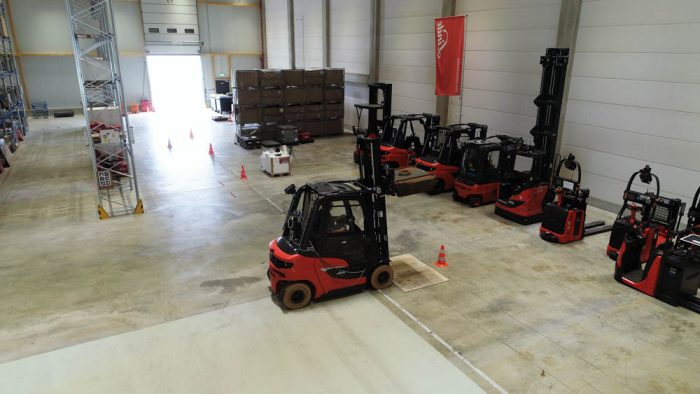

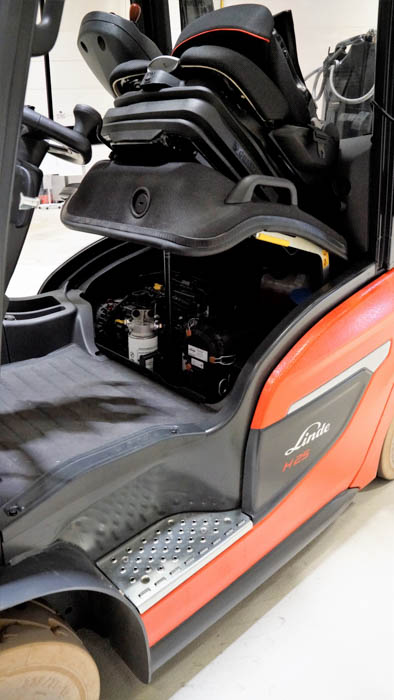
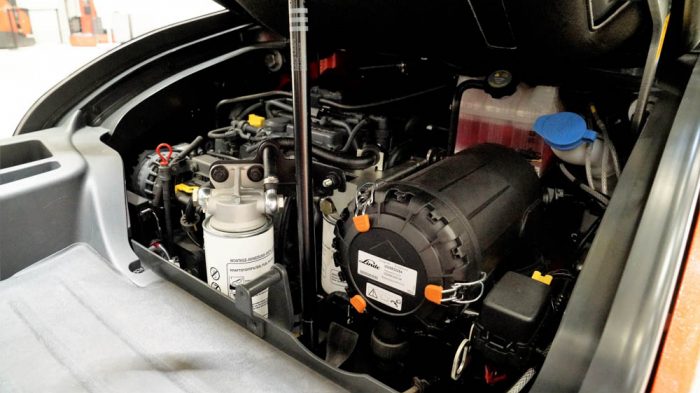
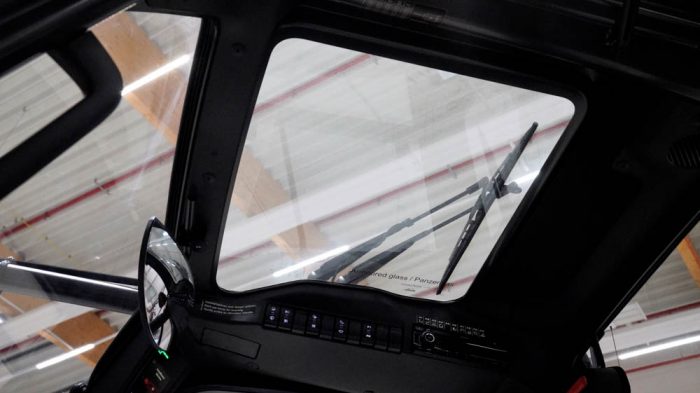
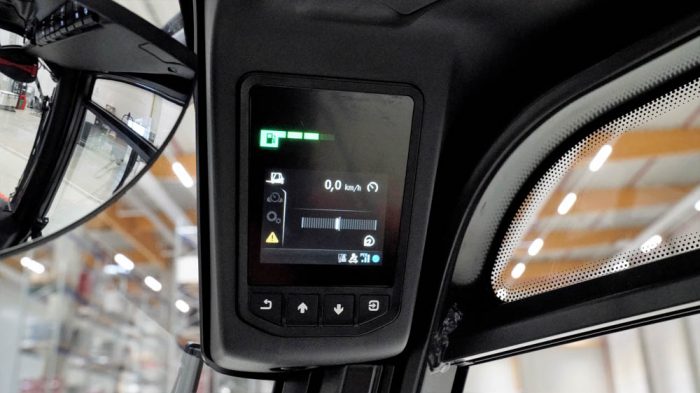
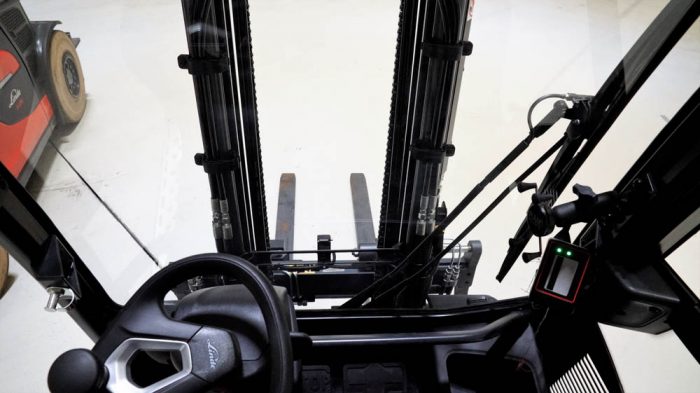
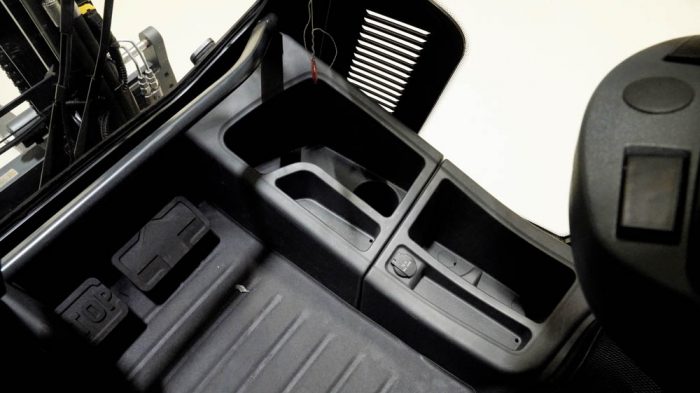
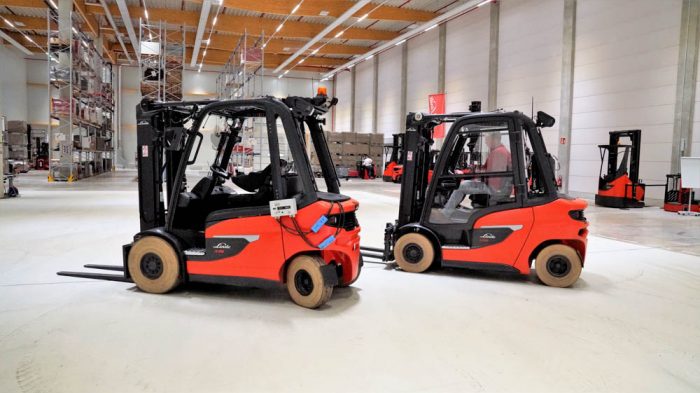

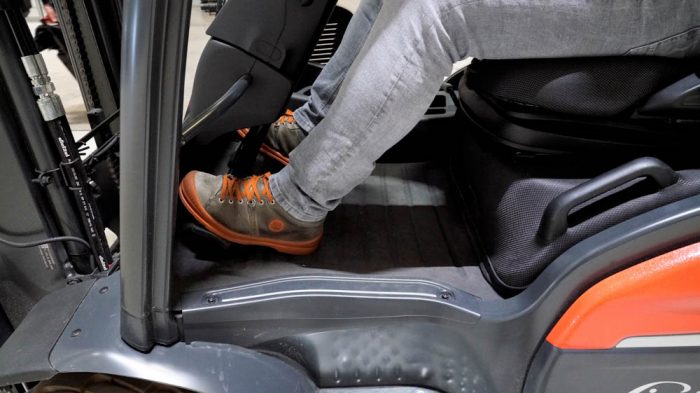
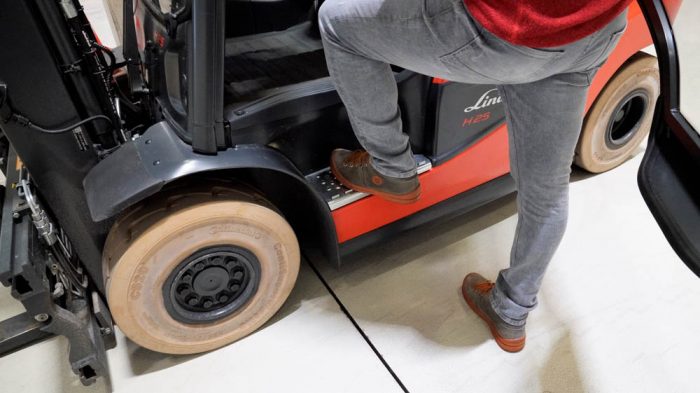
(Text and photos: Andersom Testing, Theo Egberts and Mark Dohmen)
Tags:
Andersom test, Andersom testing, Forklift, Forklift test, Forklift truck, Intralogistics, Linde, Linde H25, Linde Material Handling, Linde X20-X35, Test
Jungheinrich continued to grow in the first nine months...

Recently Jungheinrich exclusively showed Logistics Insi...

IC Killer With the new RX60 Still brings a first in...